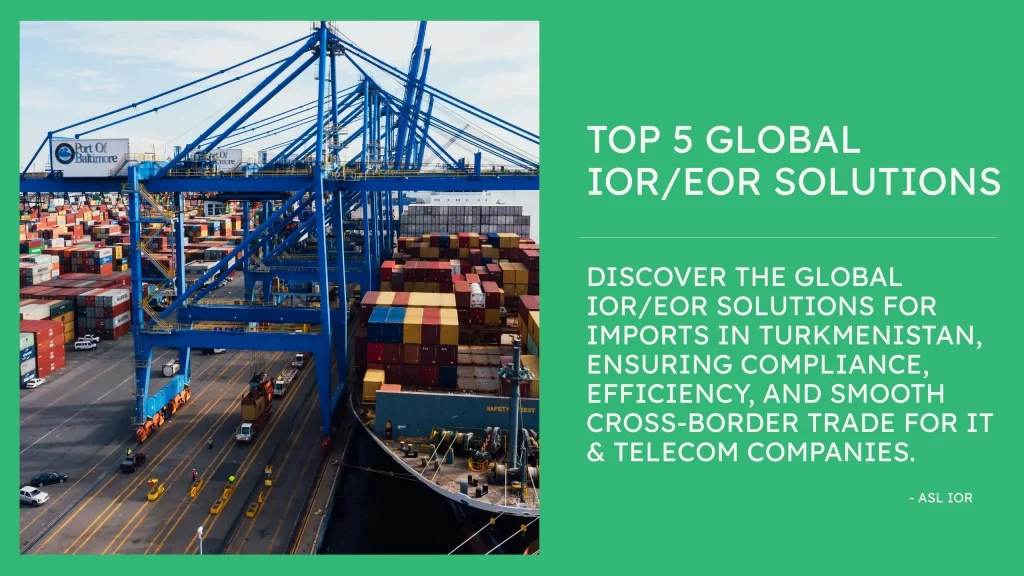DDP Delivery Service Complete Door To Door Import Solution |
About Us
Why should I choose a Delivered Duty Paid Services?
Choosing ASL’s DDP shipping services ensures a hassle-free experience. We handle all logistics, customs clearance, and duty payments, delivering your goods directly to your doorstep. Trust ASL for reliable, efficient shipping that lets you focus on your business while we manage the complexities of international shipping.
(DDP) Delivered Duty Paid Process Flow
Pre-Shipping
We offer accurate upfront cost calculations and comprehensive customs compliance insights for your IT gear. ASL handles all import permits and licenses, saving you time and ensuring seamless shipping.
In-Transit
We monitor your goods closely with any freight partner, arrange pick-up, manage global logistics, and ensure smooth first-time customs clearance for a seamless international shipping experience.
Post Clearance
Avoid hidden storage fees with ASL`s comprehensive service to final delivery. We offer white-glove service, secure storage, and IT equipment installation to meet deadlines and support your expansion.
Difference Between DDP, DAP, and DAT?
DDP (Delivered Duty Paid) service is a shipping method where the seller assumes all responsibility for the delivery of goods to the buyer's specified location. This includes covering all costs and handling all risks associated with transportation, customs clearance, duties, and taxes. The seller ensures that the goods reach the buyer without any additional costs or obligations on the buyer's part. This service is particularly advantageous for buyers as it simplifies the purchasing process, eliminates unexpected expenses, and ensures smoother international transactions. By using DDP, buyers receive their goods hassle-free, with all logistics and regulatory compliance managed by the seller.
DAT (Delivered at Terminal) service is a shipping term where the seller delivers goods to a specified terminal at the destination port or airport, covering all transport costs and risks up to that point. The terminal can be a port, airport, or a transport hub. Once the goods reach the terminal, the buyer assumes responsibility for import duties, taxes, customs clearance, and further transportation to the final destination. DAT is advantageous for sellers, as their responsibility ends once the goods are unloaded at the terminal, while buyers benefit from reduced shipping risk but must manage local import processes and costs from the terminal onwards.
DAP (Delivered at Place) service is a shipping method where the seller is responsible for delivering goods to a designated location in the buyer's country. The seller covers all transportation costs and assumes the risk until the goods are delivered to the agreed-upon place. However, unlike DDP, the buyer is responsible for import duties, taxes, and customs clearance upon arrival. This service benefits buyers by ensuring the seller manages the logistics up to the destination, but buyers must handle local import processes and associated costs. DAP is often used for international shipments, providing clarity on responsibilities and costs between buyers and sellers.
News
Latest Posts & News
Exploring Ideas, Expanding Perspectives

As Turkmenistan continues to develop its digital infrastructure, opportunities for IT and telecom companies are on the rise. However, navigating international trade regulations and customs…

Introduction In the fast-evolving global tech landscape, the ability to expand swiftly into new markets is a critical success factor. However, international growth is often…

In today’s fast-paced and digitally driven world, logistics is undergoing a profound transformation. Artificial Intelligence (AI) is no longer a futuristic concept—it’s a reality that…
